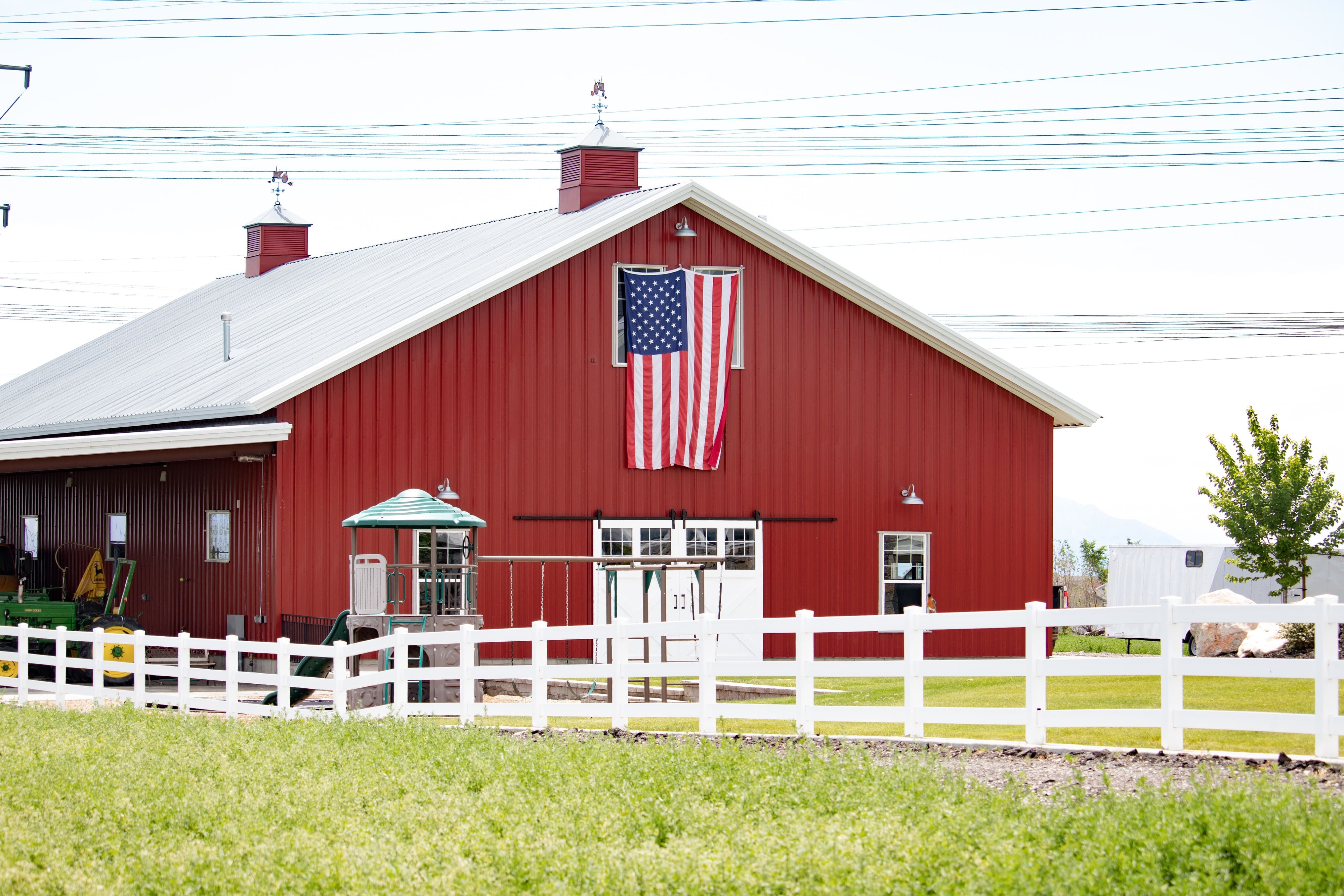Bridging the Digital Divide: The Urgent Need for Rural Fiber Optic Internet Access
Dec 13, 2023

In today's digital age, access to high-speed home internet is not just a luxury; it's a necessity. While urban areas enjoy the benefits of robust broadband infrastructure, rural communities often find themselves on the wrong side of the digital divide. The quest for reliable internet service in rural areas has become a critical issue, and the key to unlocking its potential lies in expanding fiber optic networks.
The Digital Divide in Rural America
Rural areas have long been grappling with limited internet options, relying on outdated technologies such as DSL, satellite internet, and even dial-up. These technologies, although pioneering in their time, are now woefully inadequate to meet the demands of today's data-intensive tasks. The result is slower speeds, higher latency, and unreliable connections, hindering everything from online gaming to remote work and education.
The struggles of rural online access became front and center during 2020 and early 2021, when everyone was working and schooling from home. DSL, cable, and satellite internet simply did not provide enough bandwidth and speed for everyone to be online at the same time. Family members had to take turns logging on because internet speeds were too slow to handle the increased demand. In some cases, the internet service was so overtaxed that some end-users resorted to mobile hotspots on their cell phones just to have some online access.
The Need for Faster Speeds
One of the primary reasons rural areas need high-speed internet is to keep pace with the digital evolution. As urban centers embrace gigabit speeds and fiber internet, rural communities are left with internet plans offering mere megabits per second (Mbps). This stark contrast not only hampers daily activities but also stifles economic growth, limiting the potential of businesses and entrepreneurs in remote areas.
The Limitations of Current Technologies
Rural internet options have traditionally been very limited. Until recently, the main rural internet options have been DSL, cable, and satellite, none of which are truly high-speed. DSL, once hailed as a revolution in internet connectivity, struggles to deliver adequate speeds over long distances. The farther an end-user is from the digital hub, the less bandwidth they have coming into their homes. Satellite internet, while a popular option, often comes with data caps, high latency, and weather-dependent reliability. It is also extremely expensive, with hardware costs and a high per-megabit cost. Fixed wireless solutions using cell towers may be available, but they, too, face challenges in providing consistent speeds, especially in areas with rugged terrain. Like cell phone service, the farther away, the weaker the signal.
Fiber Optic Internet: The Game-Changer
Fiber optic internet is the game-changer in bridging the rural-urban digital gap. Unlike traditional copper phone lines or coaxial cables, fiber optic cables transmit data using light signals. This allows for significantly higher speeds, lower latency, and more reliable internet connections. Fiber internet is capable of providing symmetrical upload and download speeds, a crucial factor for activities like video conferencing, online gaming, and uploading large files.
Benefits of Fiber Optic Internet for Rural Communities
1. Reliability: Fiber optic cables are less susceptible to environmental factors, ensuring a more reliable connection even in adverse weather conditions. For example, our network has 99.98% reliability.
2. Higher Speeds: With speeds reaching gigabit and multi-gig levels, fiber internet unlocks the full potential of the digital world, enabling seamless streaming, online gaming, and faster downloads. With symmetrical upload and download speeds, data sharing is faster and more stable.
3. Lower Latency: Reduced latency is essential for activities like online gaming and video conferencing, ensuring a smoother and more responsive experience. Zoom calls are clearer and more stable.
4. Unlimited Data: Unlike some satellite and wireless options with restrictive data caps, fiber internet plans often come with unlimited data, allowing users to surf, work, and play without worrying about overage charges.
5. Future-Proof Infrastructure: Investing in fiber optic networks ensures that rural communities are prepared for the digital demands of the future, fostering economic development and innovation. Fiber optic cables have almost unlimited bandwidth potential, allowing for speed increases as needs grow over the next several decades.
Overcoming Challenges and Exploring Options
While the need for rural fiber optic internet is clear, challenges remain. The cost of deploying fiber networks in remote areas can be prohibitive, and attracting private investment may be challenging. However, government initiatives, including those from the Federal Communications Commission (FCC), aim to address these challenges and promote broadband access in underserved areas.
Recent grants from the NTIA and ARPA have opened up new doors for fiber internet providers to reach areas previously thought unreachable due to the potentially prohibitive cost of construction.
How to Find the Best Rural Internet Service Provider
The days of a single monopolistic provider serving an area are all but over, with new ISPs popping up all over the landscape. This new freedom is great for consumers because they are no longer stuck with only one option for their home internet. The rural broadband landscape is changing, thanks to new competition in the marketplace. But how do you know which rural internet provider is the best option, the one that will provide the best broadband internet to your home?
Things to look for include:
- Do they provide a free modem/router with their service?
- What about free Wi-Fi?
- How is their customer service? Google Reviews and other review sites are great places to find comments from existing customers.
Connecting Communities
Access to high-speed internet is no longer a luxury but a fundamental requirement for individuals and communities to thrive in the digital age. Fiber optic internet stands as the beacon of hope for rural areas, offering unparalleled speeds, reliability, and future-proof infrastructure. As technology advances, the need for faster and more reliable internet in rural America becomes increasingly urgent. By investing in fiber optic networks and leveraging the collective efforts of government, internet service providers, and local communities can bridge the digital divide and ensure that all Americans, regardless of their geographic location, have equal access to the boundless opportunities of the internet.







